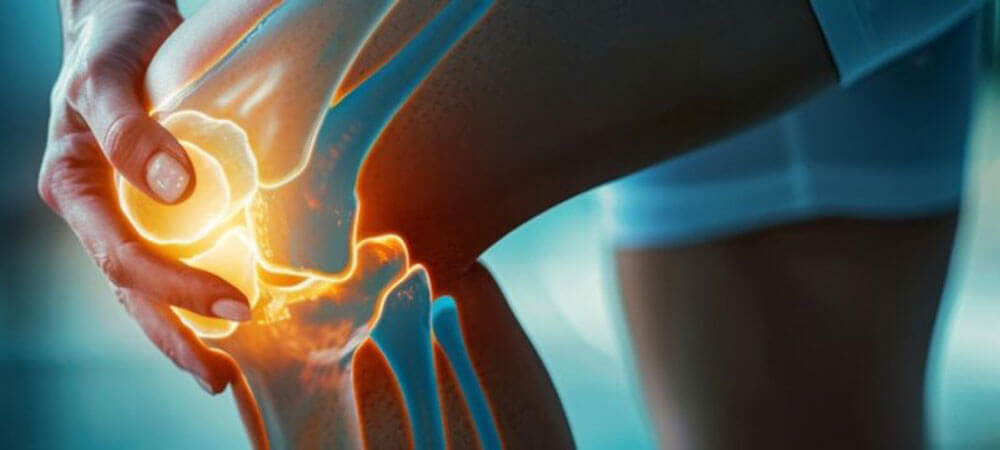What is meniscal tear?

Wondering what meniscal tear is? Let’s first understand what meniscus is. There is C –shaped soft bone between the shin and thigh bones, a disc that is like a cushion. This disc is called meniscus and there are two present. When you twist, squat or lunge this disc or discs may experience pressure or a tear. It happens to people of any age or condition. You will see athletes have this injury when they lift heavy weights that stresses their meniscus and they experiance swelling and pain. This injury is called meniscal tear and there are different types of meniscus tear.
Types of meniscus tear
Horizontal Tears: This tear is one of the types of meniscus tear where the fibers tear horizontally and get separated. Sometimes these fibers overlap and lock on to each other. This locking can be treated but if it happens often you might require a meniscus tear surgery.
Degenerative Tears: These tears happen when the fibers tear over a long period of wearing out. The small tears over time add up and are sometimes asymptomatic. There are many more types of meniscus tear but it’s important to understand how to find out if you have a meniscal tear?
How to know I have a meniscal tear?
It’s somewhat challenging to identify a meniscal tear as the symptoms may appear today but you might be fine tomorrow. You usually would experience a swelling, pain when you sit and your knee locking up. You can experience pain today and be relieved tomorrow because each tear is unique due to its location, shape and size. Moreover, it can sometimes be asymptomatic. Consult your doctor if have severe pain and swelling
Meniscus tear surgery
When the tear of your meniscus is huge the treatment for it is a meniscus tear surgery it is the only treatment when the tear can’t be healed. Sometimes frequent degenerative tears require a surgery. An important factor in the treatment is the location and size of the tear. If the tear is located on the outer area of the meniscus and is small it heals on its own as the area has abundant supply of blood. The inner area is deficit of blood supply thus, not healing by itself. The process of healing and treatment is affected by age, whether the person is active or not and other injuries. Self-care at home, of any amount, can be very beneficial for your healing. You can follow these tips easily at home.
- Take adequate rest: Restriction of movement to just walking will help the knee to recover fast. The use of crutches also helps
- Apply ice pack: It is one of the best remedies to ease your pain. Place ice on the affected area for 15-20 minutes to experience relief from pain.
- Compress the knee region: Control your swelling with an elastic band around your knee.
- Raise your knee: Raise your knees slightly higher than your hips by placing a pillow under your heels.
- Exercise: Although high intensity exercises are prohibited, strength and stretching routines can be beneficial for recovery and increase blood flow in your knees.
FAQs
1. Can my meniscal tear be treated without surgery?
Answer: Yes, When the tear of your meniscus is huge the treatment for it is a meniscus tear surgery it is the only treatment when the tear can’t be healed. Self-care at home, of any amount, can be very beneficial for your healing
2. How do I know I have meniscal tear ?
Answer: You usually would experience a swelling, pain when you sit and your knee locking up. You can experience pain today and be relieved tomorrow because each tear is unique due to its location, shape and size
3. What are the types of meniscal tear?
Answer: There are a few types of tears and two of the common ones are Horizontal Tears and Degenerative Tears.
4. What is the meniscus tear surgery cost?
Answer: The cost of surgery depends on the type of meniscus tear.
5. Does applying icepack on the affected area help?
Answer: It is one of the best remedies to ease your pain. Place ice on the affected area for 15-20 minutes to experience relief from pain.
